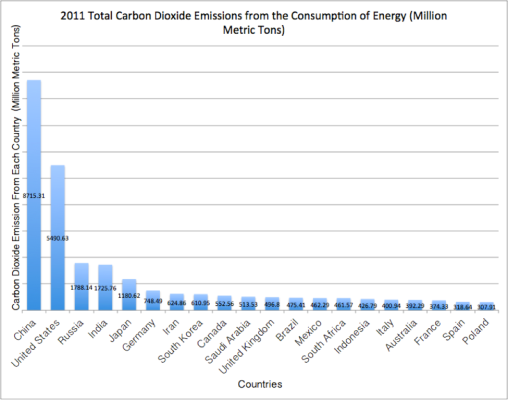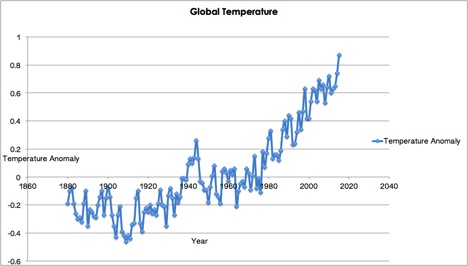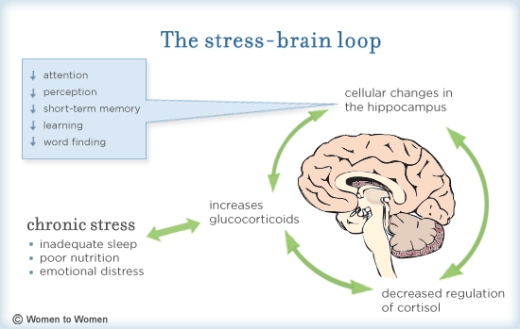by Kristian Marinez
 Mouse lemur contemplating its existence.
Mouse lemur contemplating its existence.
Who global warming affects.
When most people think of endangered mammals threatened by global warming they think of polar bears on melting glaciers. That’s not the most serious case. Most endangered mammals are actually tropical animals in warm climates. Instead of a polar bear being endangered from global warming it can most likely be a mouse lemur in Madagascar. I am interested in the endangerment of mammals simply because they are breathtaking creatures. They think and feel just like us humans do and it’s a shame that a whole lot of them are endangered. It’s interesting to find out the reason for their endangerment instead of just knowing that they’re endangered.
Where mammals are endangered and how many are endangered.
The data to support the reasons for mammals endangerment come from the World Bank and informs us with how many mammals are endangered and in which regions endangered mammals can be found. The graph below shows the highest numbers of endangered mammal species (organized from greatest to least) and their region. The two regions with the most endangered mammal species are East Asia & the Pacific and Sub-Saharan Africa. These regions have a staggering 891 endangered mammals each. The third highest region, Latin America & Central Asia, has 640 endangered mammals. The fourth highest region with the amount of endangered mammals is Europe & Central Asia, with 307 endangered mammals. The three regions with the least amount of endangered mammals have less than 300 mammals each. South Asia has 249 mammals, Arab world has 217 mammals, and Middle East & North Africa have 203 mammals.

How global warming affects endangered mammals.
From this data, there is a noticeable pattern of a high number of mammals endangered in hot/tropical regions, like Mexico, Madagascar, and Asia, as compared to cooler regions like the Middle East & North Africa. We notice this trend because an increase in temperature (like that caused by global warming) by even a small amount can affect mammals in tropical climates since they are less resilient to heat change. This is because these species are accustomed to living in a certain temperature range, and once this range is surpassed, these animals have a hard time living. For example, global warming cause mouse lemurs to shift habitats and find a different way to obtain food than before.
Sources:
http://www.bbc.com/earth/story/20150226-what-hope-is-there-for-madagascars-threatened-lemurs
http://www.dailygalaxy.com/my_weblog/2009/03/global-warmings.html
http://data.worldbank.org/indicator/EN.MAM.THRD.NO
http://a-z-animals.com/animals/grey-mouse-lemur/pictures/4167/






